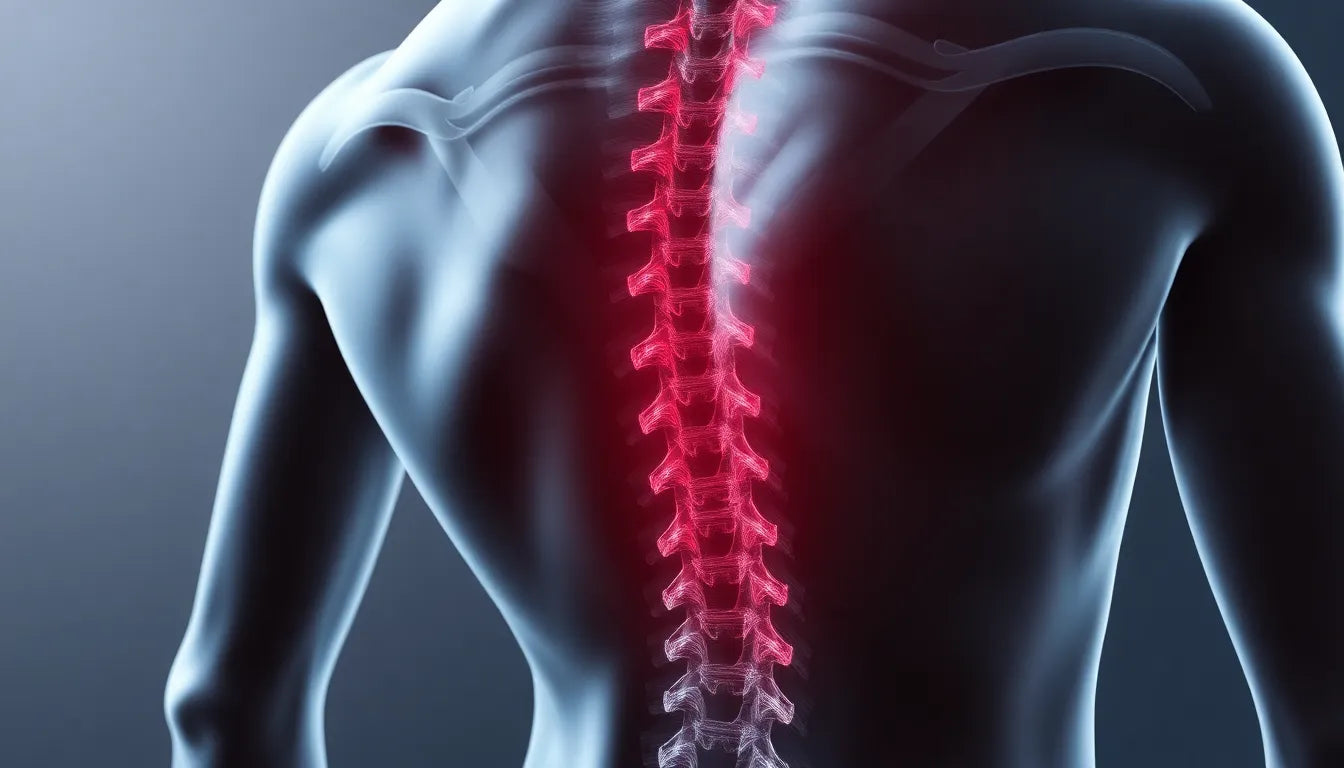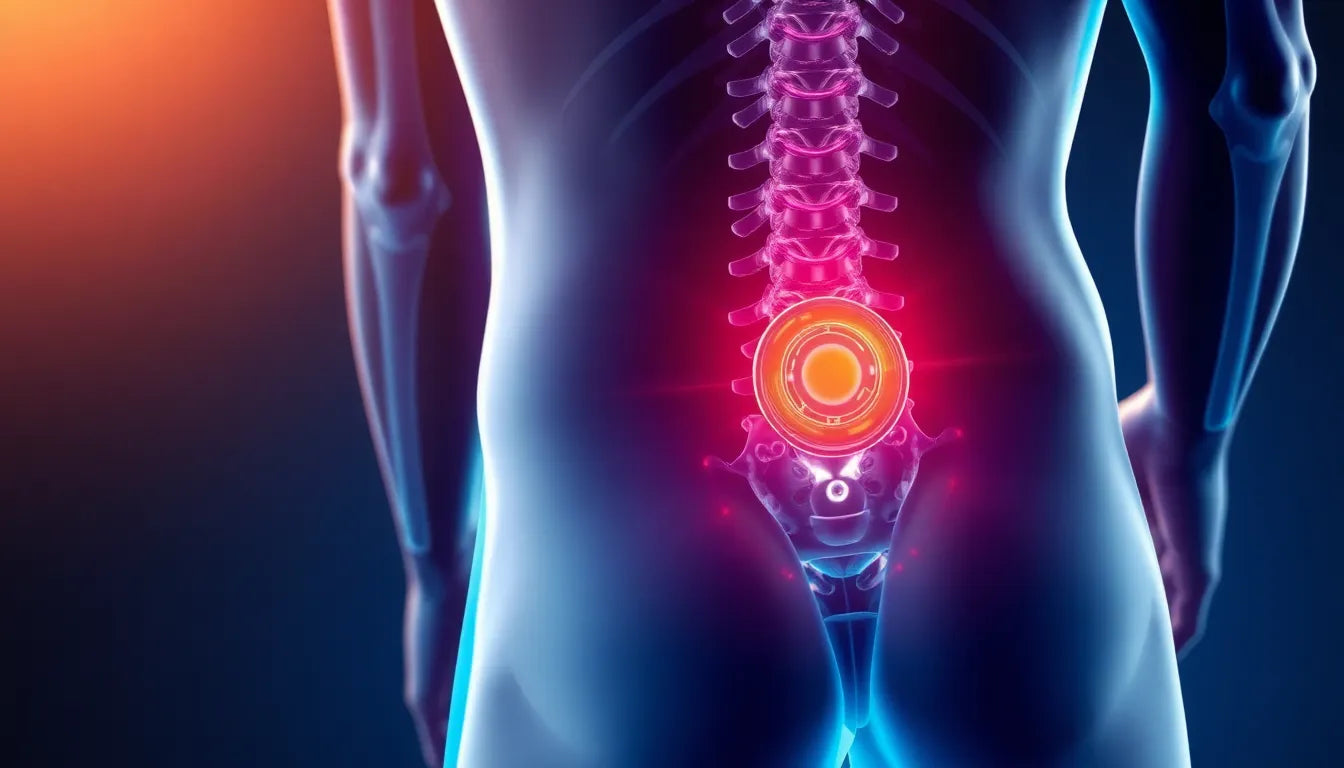Every day, countless individuals face the risk of back injuries due to improper lifting techniques. Whether at work or home, lifting heavy objects without proper form can lead to serious musculoskeletal disorders. The concept of ergonomic lifting techniques has emerged as a crucial strategy for preventing these injuries and enhancing safety across various settings. By mastering these techniques, you can significantly reduce the likelihood of back strain and ensure a healthier, more productive lifestyle.
the importance of ergonomic lifting
Ergonomic lifting is not just a buzzword; it is a vital practice for anyone who regularly handles heavy loads. For individuals, employing ergonomic techniques means fewer injuries and less time spent recovering from preventable back pain. For organizations, it translates to increased productivity, fewer lost workdays, and improved employee morale. By adopting these techniques, both workers and employers can benefit from a safer and more efficient working environment.
One of the primary benefits of ergonomic lifting is the reduction of injury risk. By using your legs instead of your back to lift, you can minimize the strain on your spine and prevent the onset of chronic back issues. Furthermore, proper lifting techniques ensure that you are working within your body's natural range of motion, reducing the likelihood of overexertion and fatigue. This not only protects your health but also enhances your ability to perform tasks effectively and efficiently.
what you will learn
In this post, we will delve into the core ergonomic lifting techniques that can safeguard your back and improve your lifting efficiency. You will learn step-by-step instructions on how to lift correctly, including the importance of using your legs over your back, maintaining proper positioning, and engaging your core muscles for stability. Additionally, we will explore various injury prevention strategies and discuss the role of ergonomic aids in further reducing the risk of injury.
Whether you are lifting at home, in the workplace, or during recreational activities, understanding and implementing ergonomic lifting techniques is essential. Stay tuned as we guide you through the necessary steps to protect your back and enhance your overall well-being.
core ergonomic lifting techniques
Mastering ergonomic lifting techniques is essential for minimizing the risk of back injuries and enhancing overall safety. One of the fundamental principles is to use your legs rather than your back when lifting. By bending at the knees and hips and keeping your back straight, you can effectively distribute the weight and reduce strain on your spine. This technique not only protects your back but also leverages the strength of your leg muscles, which are better equipped to handle heavy loads.
Proper positioning is another critical aspect of ergonomic lifting. Standing close to the object you intend to lift and keeping the load close to your center of gravity can significantly decrease the chances of injury. This positioning helps maintain balance and control, making it easier to lift and move objects safely. Additionally, avoiding twisting your torso while lifting and carrying loads is crucial. Instead, engage your core muscles to stabilize your body and turn your whole body by pivoting with your feet.
step-by-step proper lifting technique
To lift objects safely and efficiently, follow these step-by-step ergonomic lifting techniques:
feet and approach
Begin by positioning your feet shoulder-width apart, with one foot slightly forward to provide better balance. Approach the object closely to minimize the strain on your body. This stance not only offers stability but also ensures that your body is in an optimal position to lift the object without unnecessary effort.
squat and grip
Next, squat down by bending your knees and hips, while maintaining a straight back and looking forward. This posture keeps your spine aligned and reduces the risk of injury. Secure a firm grip on the object with both hands, ensuring that you have control over it before attempting to lift.
lift and move
As you lift, straighten your legs to raise the object, keeping it close to your body. This technique allows you to use the strength of your legs rather than your back. When moving, avoid twisting your torso. Instead, turn with your feet and take small, deliberate steps to maintain balance and control over the load.
injury prevention and productivity
Implementing ergonomic lifting techniques is vital for preventing musculoskeletal disorders, particularly back injuries. By adhering to these methods, individuals can significantly reduce the risk of chronic pain and other related issues. For employers, promoting proper lifting techniques leads to increased productivity, as employees experience fewer injuries and spend less time recovering from them. This not only reduces lost workdays but also enhances employee morale and well-being.
Incorporating ergonomic lifting techniques into daily routines is a proactive approach to safeguarding health and improving efficiency. Whether you are an individual looking to protect your back or an employer aiming to create a safer workplace, understanding and applying these techniques is crucial. By doing so, you can ensure long-term health benefits and a more productive environment.
Additional ergonomic strategies for safe lifting
Beyond mastering core ergonomic lifting techniques, incorporating additional strategies can further enhance safety and efficiency in lifting tasks. One such strategy is the use of ergonomic lifting aids. Tools like lifting belts, dollies, and hoists are invaluable in reducing the physical strain associated with manual lifting. These aids not only make lifting easier but also minimize the risk of injury by providing additional support and leverage.
Limiting the frequency and weight of lifts is another critical strategy. By reducing the number of times heavy objects are lifted and ensuring the loads are within a manageable weight range, individuals can prevent fatigue and reduce the likelihood of injury. This approach is particularly important in environments where repetitive lifting is required, as it helps maintain energy levels and reduces cumulative stress on the body.
Implementing job rotation is also an effective way to minimize repetitive strain and distribute workload evenly among employees. By rotating tasks, workers use different muscle groups, which helps prevent overuse injuries and promotes overall musculoskeletal health. This strategy not only enhances safety but also contributes to a more dynamic and engaging work environment.
Concluding remarks
In summary, adopting ergonomic lifting techniques is essential for safeguarding your back and promoting a healthier, more productive lifestyle. By utilizing your legs over your back, maintaining proper positioning, and incorporating additional strategies like lifting aids and job rotation, you can significantly reduce the risk of injury. These techniques are not only beneficial in the workplace but can also be applied to daily activities at home, ensuring long-term health and efficiency.
Whether you are an individual looking to protect your back or an employer aiming to enhance workplace safety, understanding and applying ergonomic lifting techniques is crucial. By doing so, you can ensure a safer environment, improve productivity, and promote well-being for yourself and those around you.
Frequently Asked Questions
What is the most important aspect of ergonomic lifting?
The most crucial aspect of ergonomic lifting is using your legs instead of your back to lift. This involves bending at the knees and hips while keeping your back straight, which helps distribute the weight and reduce strain on the spine.
How can I tell if I'm lifting correctly?
You can tell if you're lifting correctly if you feel the strain in your legs rather than your back. Additionally, the load should remain close to your body throughout the lift to maintain balance and control.
Are there any tools that can help with lifting?
Yes, there are several ergonomic aids that can assist with lifting, such as lifting belts, dollies, and hoists. These tools provide additional support and reduce the physical strain associated with manual lifting tasks.
Can ergonomic lifting techniques be applied outside the workplace?
Absolutely, ergonomic lifting techniques are beneficial in everyday activities, such as moving furniture or carrying groceries. Implementing these techniques can help prevent injuries and promote overall musculoskeletal health in various settings.
How often should I review my lifting techniques?
It is advisable to review your lifting techniques regularly, especially when introducing new tasks or equipment. This ensures that you maintain safe and efficient practices, reducing the risk of injury over time.
Sources
- Stanford Environmental Health & Safety. "Practical Safety: Ergonomic Lifting Techniques."
- Penn State EHS. "Technical Guidance for Safe Lifting."
- OSHA.com. "Regulatory Compliance: Ergonomic Lifting Techniques."
- Ergo-Plus. "Step-by-step Guide to Ergonomic Lifting."
- SAIF. "Workplace Ergonomics: Broader Ergonomics View."
- Peak Ergonomics. "Health & Efficiency: Benefits of Ergonomic Lifting."
- RonI. "Equipment & Productivity: Ergonomic Lifting Techniques."























